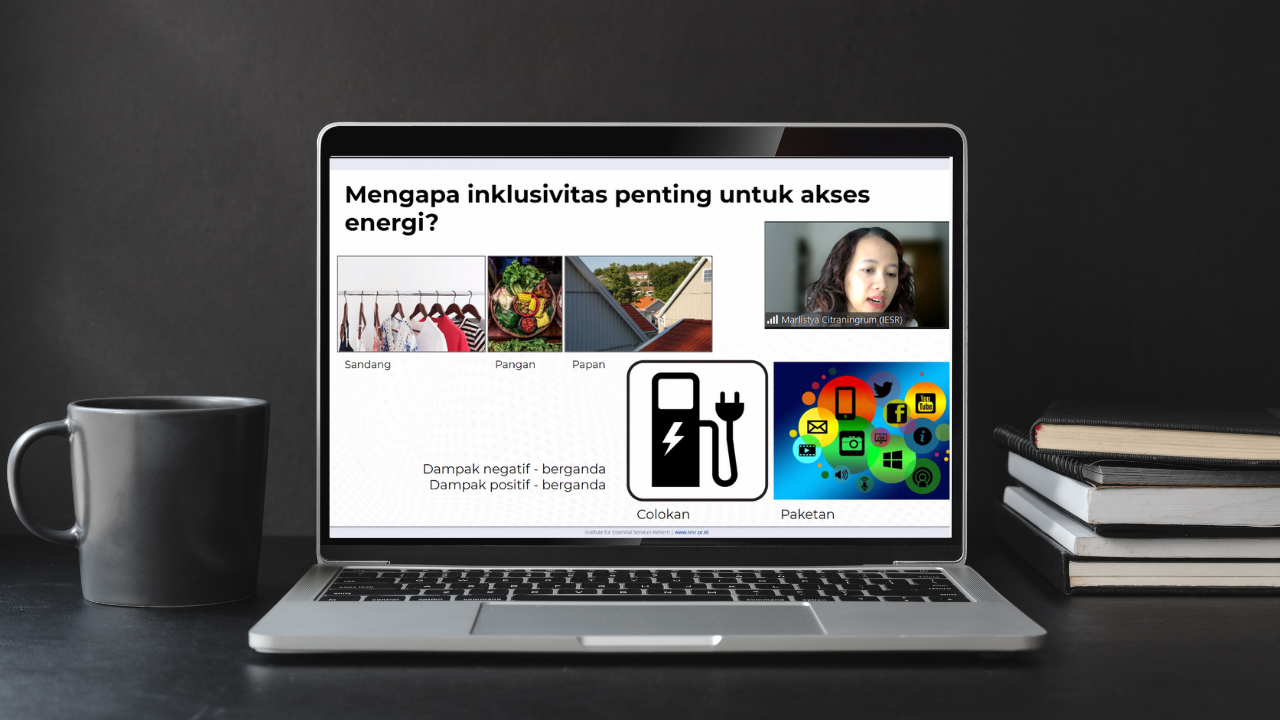
Women in Energy: Ensuring the Presence of Gender Equity and Equality in Energy Sector
Energy is a basic need for everyone, including women. So it is appropriate to consider the allocation and supply of energy that meets the needs of each gender. ... Read more.

Electricity Sector Can Achieve Zero Emissions in 2045
Jakarta, 15 July 2021- In the last two decades, renewable energy has developed very rapidly in terms of technology and economies of scale, therefore, many count... Read more.
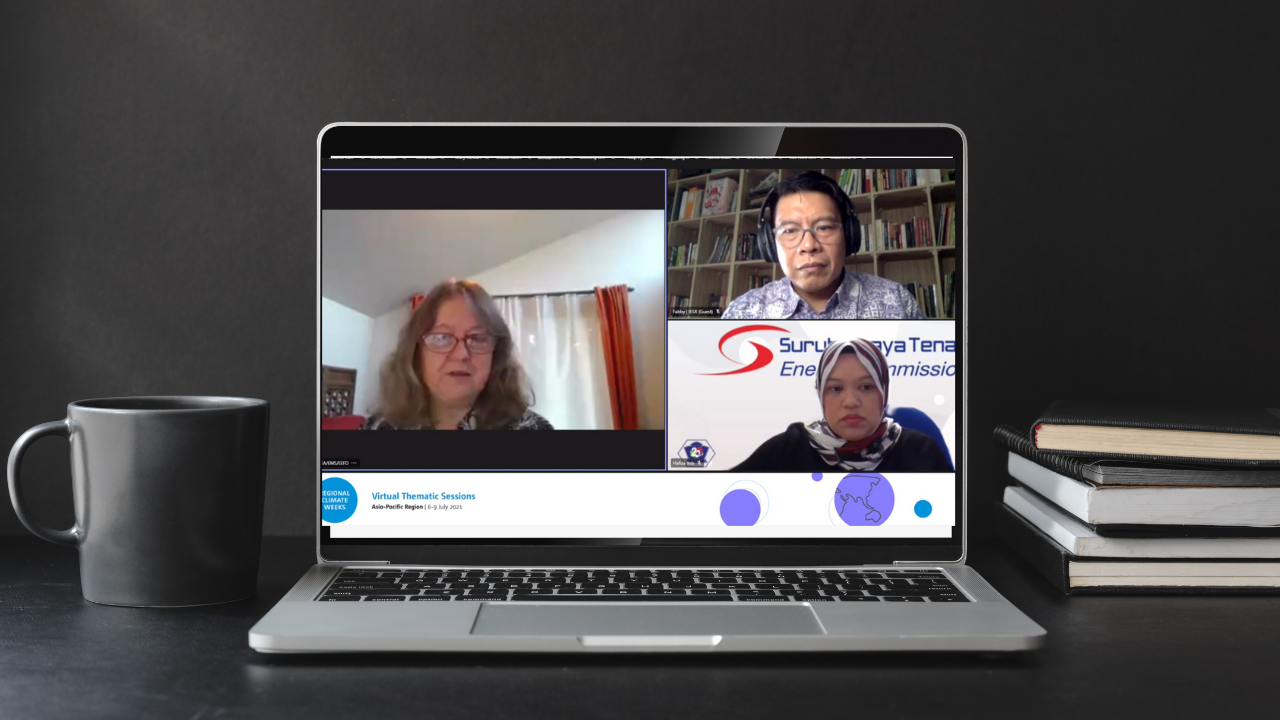
Achieving Net-Zero Emission in the Asia Pacific By Combining Renewables Deployment and Energy Efficiency
Jakarta, 7 July 2021 – Energy transformation is already underway in some countries. The available technologies are getting more affordable and easy to fin... Read more.

Ministry of Energy and Mineral Resources promises better policies to shift to greener energy system
Jakarta, 1 July 2021. To achieve the target of 23 % of the renewable energy mix, now reaching 11,2%, the Indonesian government is currently reviewing the regul... Read more.
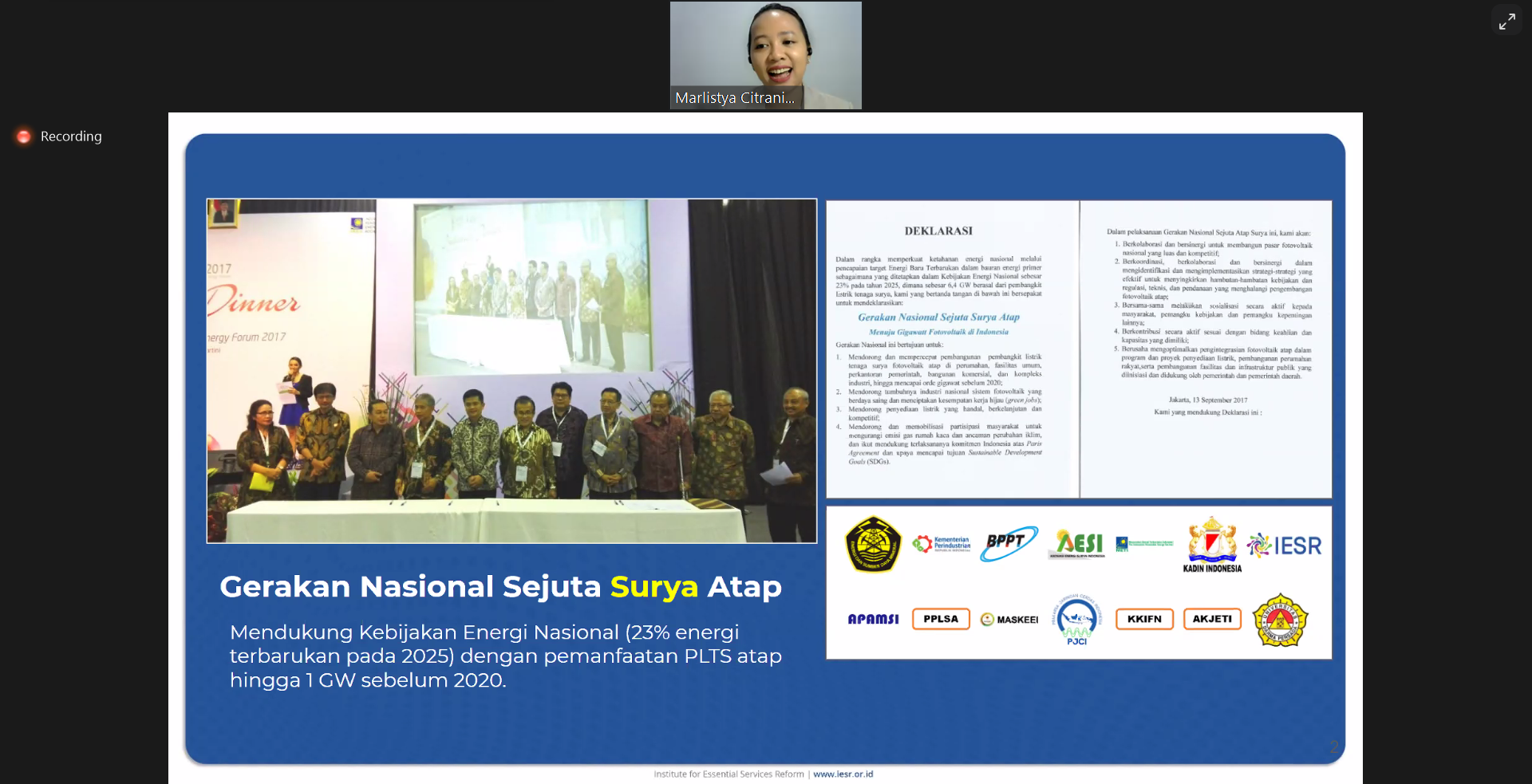
Solar PV and Cooperatives Combined to Achieve Energy Democracy
Jakarta, 24 June 2021, IESR survey shows that more people are interested in adopting rooftop solar power plants, especially if an attractive financing scheme is... Read more.
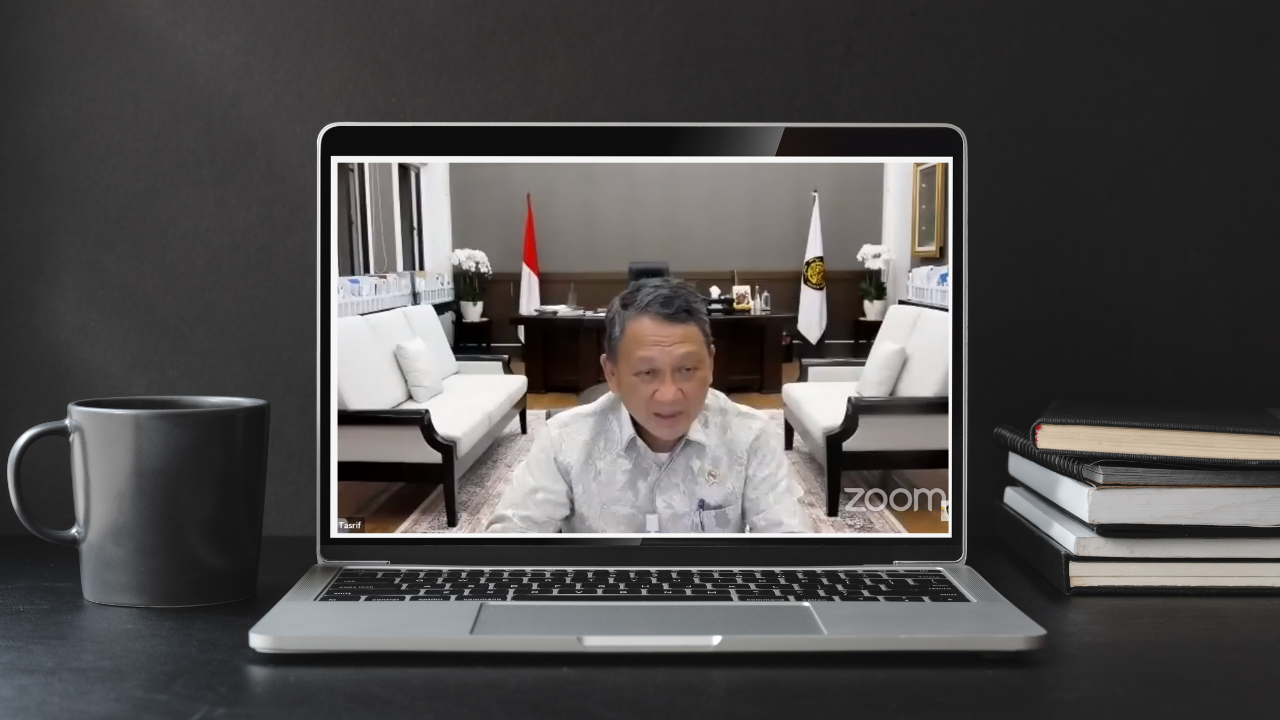
Quality Aspects of Energy Access for Public Should be Taken into Account
Jakarta (18/6/2021), the Ministry of Energy and Mineral Resources has launched the Patriot Energi program as one of the efforts to electrify underdeveloped, out... Read more.

Renewable Energy Development First, Nuclear should be the last option or not at all
Nuclear energy has created a dialogue and debate about the benefits and risks it brings. On the one hand, nuclear energy can meet energy needs, and can be used ... Read more.

Not Renewable energy but Communicate that Coal is Intermittent and Expensive
Communication is a powerful instrument that can be used to build public awareness of the transition to energy and renewable energy. As for how to use this tool ... Read more.

Bali can lead as the clean energy province, the island owned enormous potential for technical and market of solar PV
Denpasar, 9 June 2021 – With the technical potential of 26.4 GWp (IESR, 2021), Bali can rely on solar energy to realize the vision of “Nangun Sat... Read more.
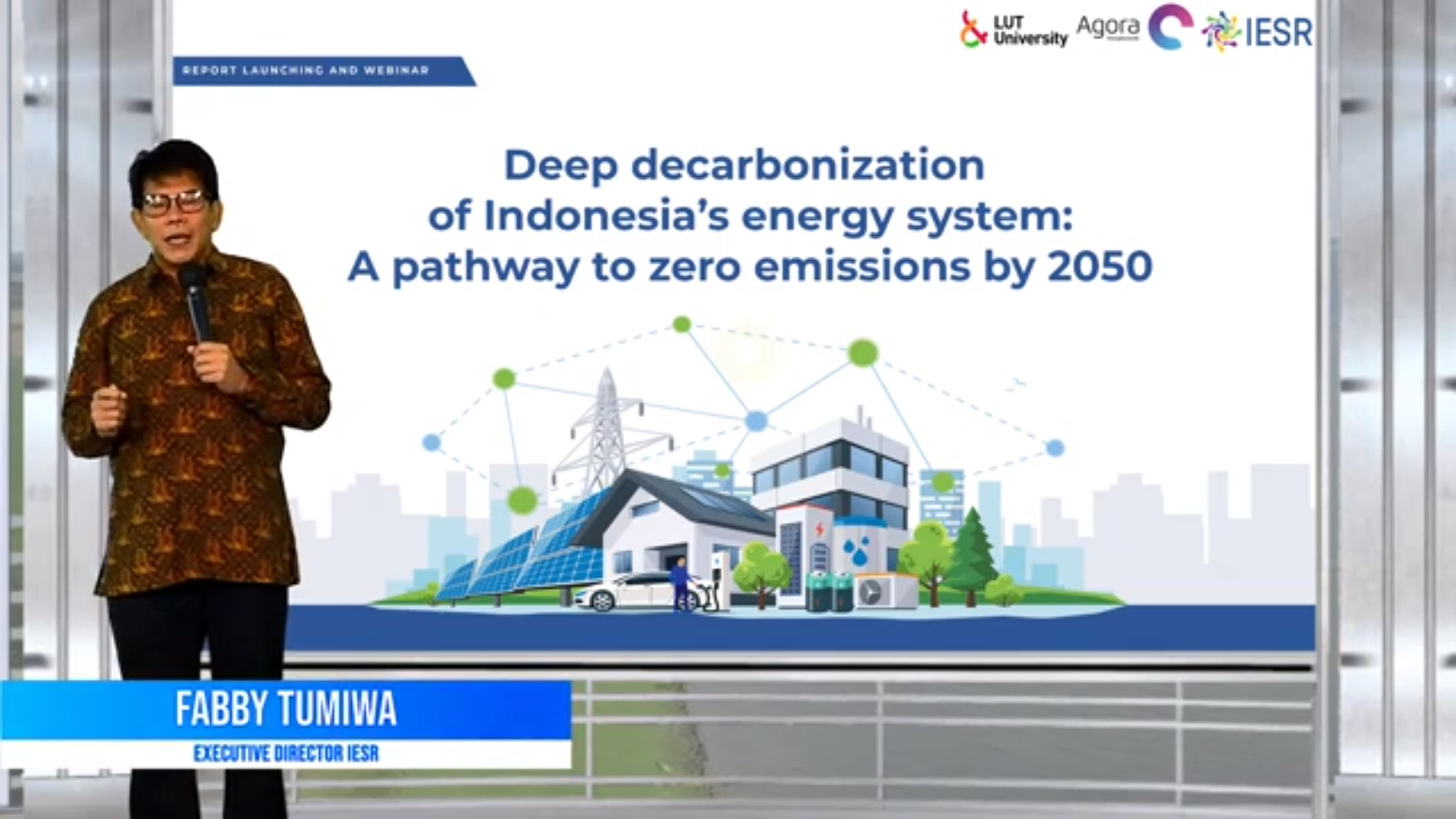
IESR: Indonesia Capable of Achieving Zero Emissions by 2050, Government Must Fully Commit to Realizing Energy Transition
Jakarta, 28 May 2021 – The Institute for Essential Services Reform (IESR), a think-tank that focuses on renewable energy and environmental issues, launche... Read more.
